Indoor plants add a touch of nature and beauty to our homes, but they can also develop problems like overgrowth, leggy stems, and poor health. One effective solution to these woes is regular pruning. Pruning helps maintain the health and aesthetics of your indoor plants, encouraging new growth and preventing disease. In this article, we’ll explore the benefits of pruning and provide simple steps to prune your indoor plants effectively.
Why Prune Indoor Plants?

Pruning offers several benefits, including:
- Promotes Healthy Growth: Removing dead or diseased parts of the plant encourages healthy growth and prevents the spread of disease.
- Controls Size and Shape: Pruning helps keep plants at a manageable size and promotes a more attractive shape.
- Increases Light and Air Circulation: Trimming away excess foliage allows more light and air to reach all parts of the plant, enhancing overall health.
- Stimulates New Growth: Pruning encourages the development of new shoots and leaves, resulting in a fuller and more vibrant plant.
Also Read- Quick Tips For Repotting Indoor Plants
When to Prune Indoor Plants
The best time to prune most indoor plants is during their active growing season, typically in spring and summer. However, you can remove dead or diseased parts at any time of the year. Avoid heavy pruning in late fall or winter when plants are usually dormant.
Tools and Materials Needed
Before you begin pruning, gather the following tools and materials:
- Sharp, clean pruning shears or scissors
- A clean cloth or paper towel
- Rubbing alcohol (for sterilizing tools)
- A small container or bag for discarded plant material
Step-by-Step Guide to Pruning Indoor Plants

- Inspect the Plant
- Examine your plant for dead, damaged, or diseased leaves and stems. Also, look for any overgrown or leggy areas.
- Sterilize Your Tools
- Wipe the blades of your pruning shears or scissors with rubbing alcohol to prevent the spread of disease.
- Remove Dead or Diseased Parts
- Cut away any dead or diseased leaves and stems. Make clean cuts just above a healthy leaf node or base.
- Trim Overgrown Areas
- For plants with leggy stems, trim back to just above a leaf node or branch point to encourage bushier growth.
- Remove any crossing or rubbing branches to improve air circulation and light penetration.
- Shape the Plant
- Trim the plant to your desired shape, focusing on creating a balanced and aesthetically pleasing appearance.
- Avoid removing more than one-third of the plant’s foliage at a time to prevent stress.
- Clean Up
- Dispose of the pruned plant material in a compost bin or trash.
- Wipe down your tools with rubbing alcohol after use to keep them clean.
Also Read- 6 Proven Health Benefits Of Indoor Plants That You Should Know
Tips for Specific Types of Indoor Plants
Different plants have unique pruning needs. Here are some tips for common indoor plants:
- Ficus: Trim back long branches to maintain a compact shape. Remove any yellowing leaves.
- Spider Plant: Cut off brown tips and remove any dead leaves. Trim back long stems to encourage fuller growth.
- Pothos: Prune leggy stems to promote bushier growth. Cut just above a leaf node for best results.
- Succulents: Remove any dead or damaged leaves. Trim back overgrown stems to maintain the plant’s shape.
Common Mistakes to Avoid
- Using Dull or Dirty Tools
- Always use sharp, clean tools to make clean cuts and prevent the spread of disease.
- Over-Pruning
- Avoid removing too much foliage at once. Stick to trimming no more than one-third of the plant at a time.
- Ignoring the Plant’s Growth Pattern
- Prune according to the natural growth pattern of the plant. Cutting against this can cause stress and poor growth.
Conclusion
Regular pruning is a simple yet effective way to maintain the health and beauty of your indoor plants. By following these straightforward steps and tips, you can keep your plants looking their best and promote healthy growth. Remember to be gentle with your plants and prune thoughtfully to avoid stress and damage. Happy pruning!


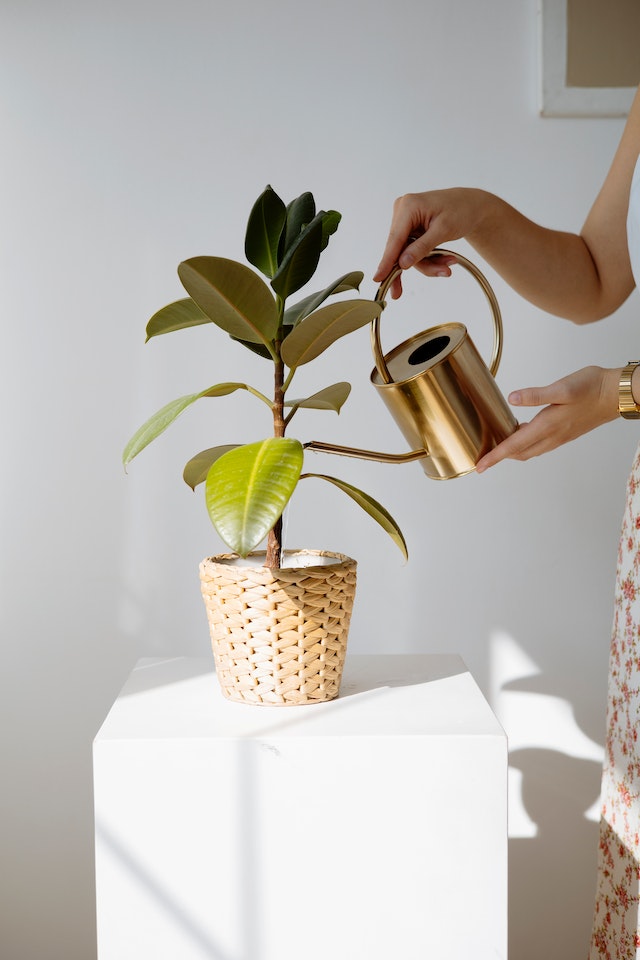

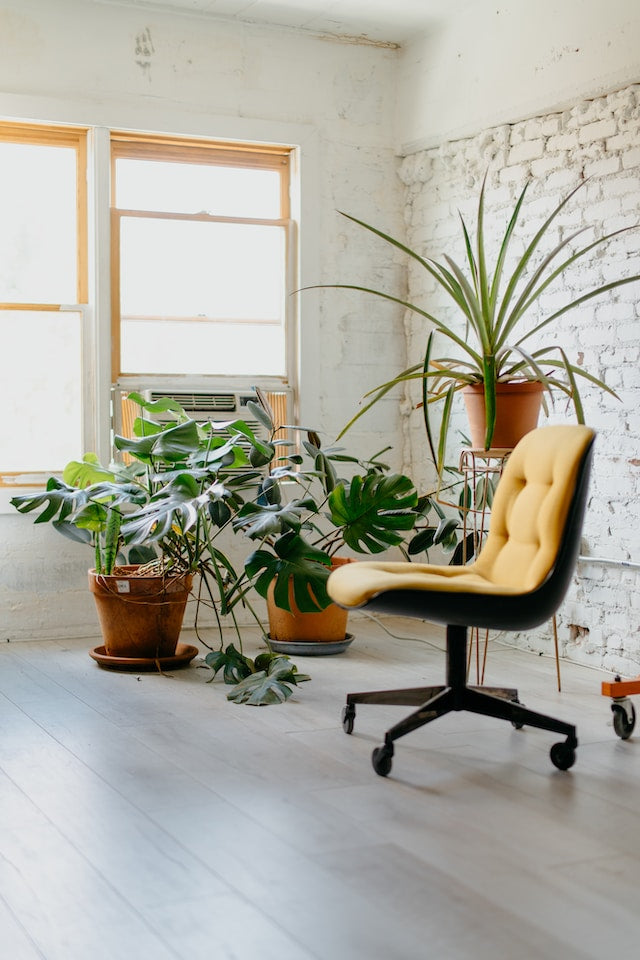
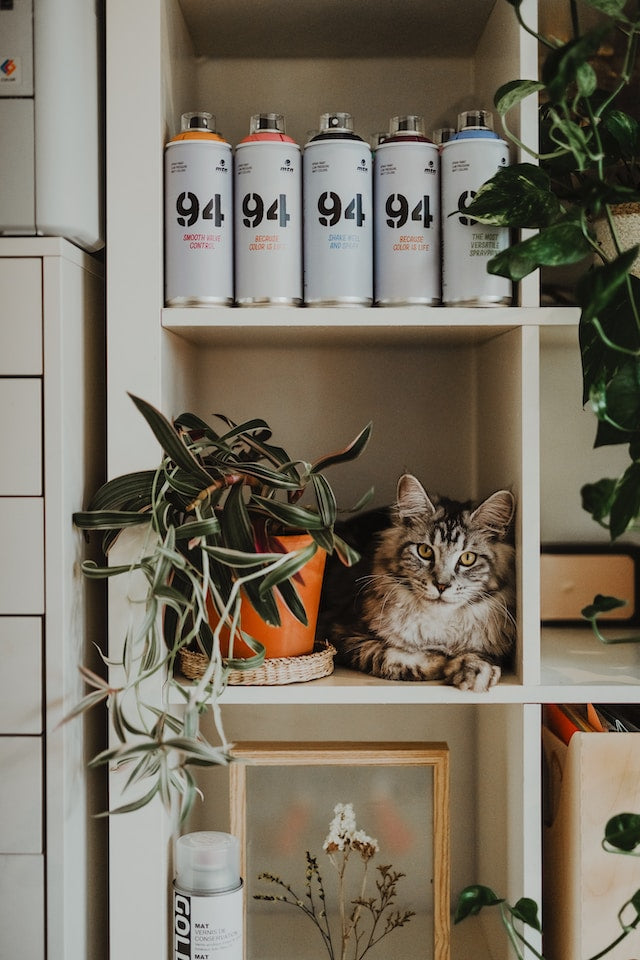
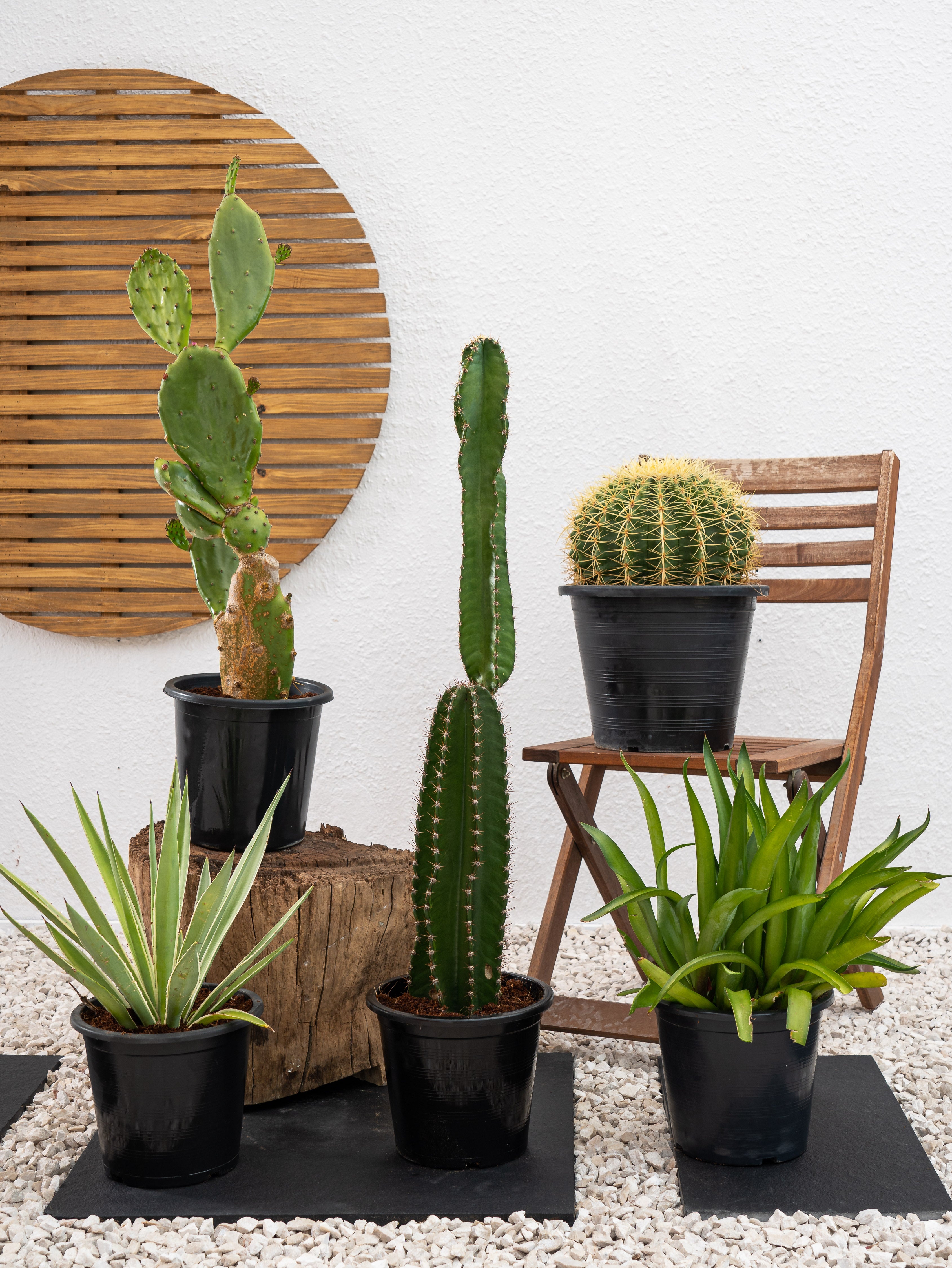
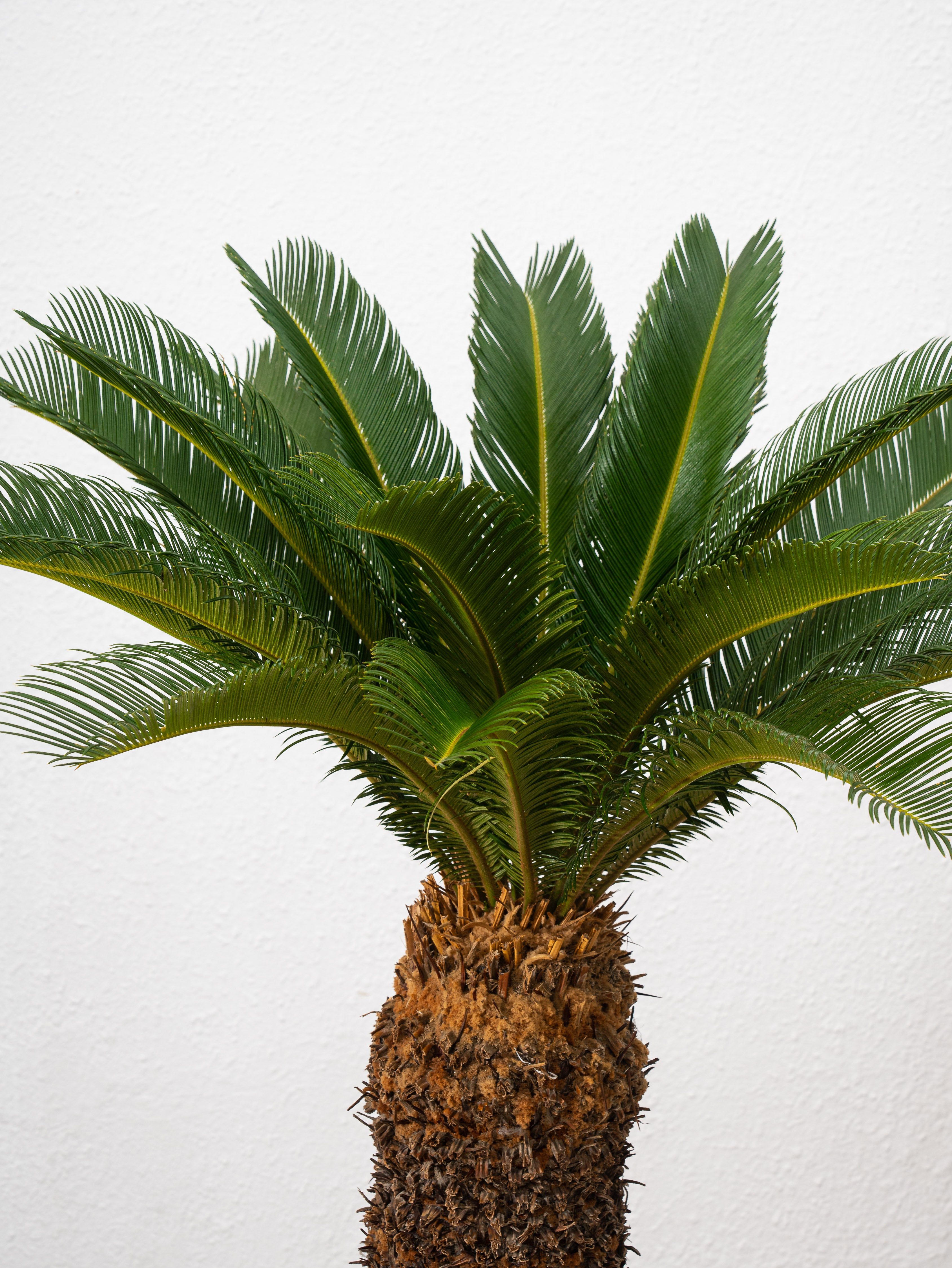
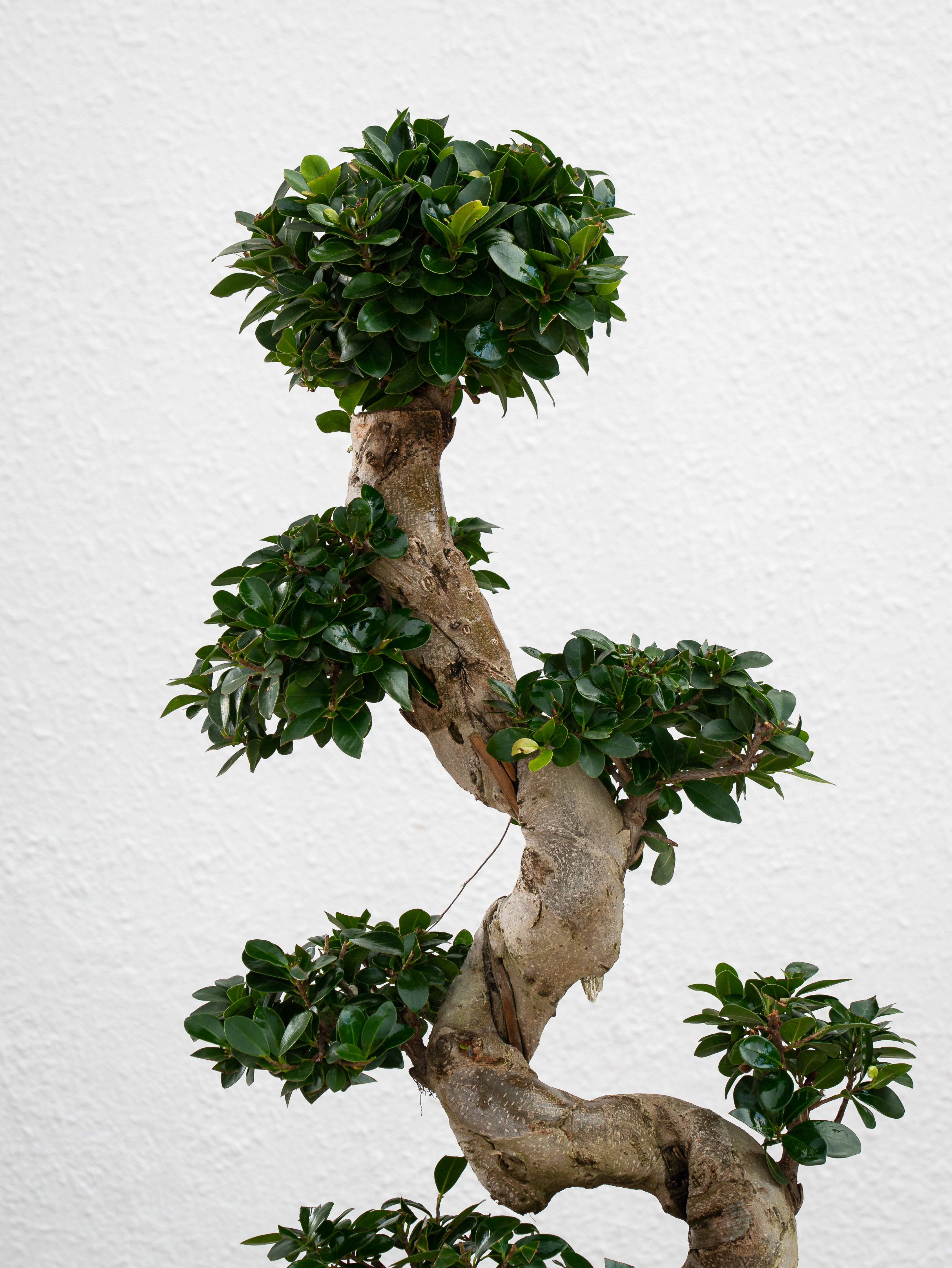
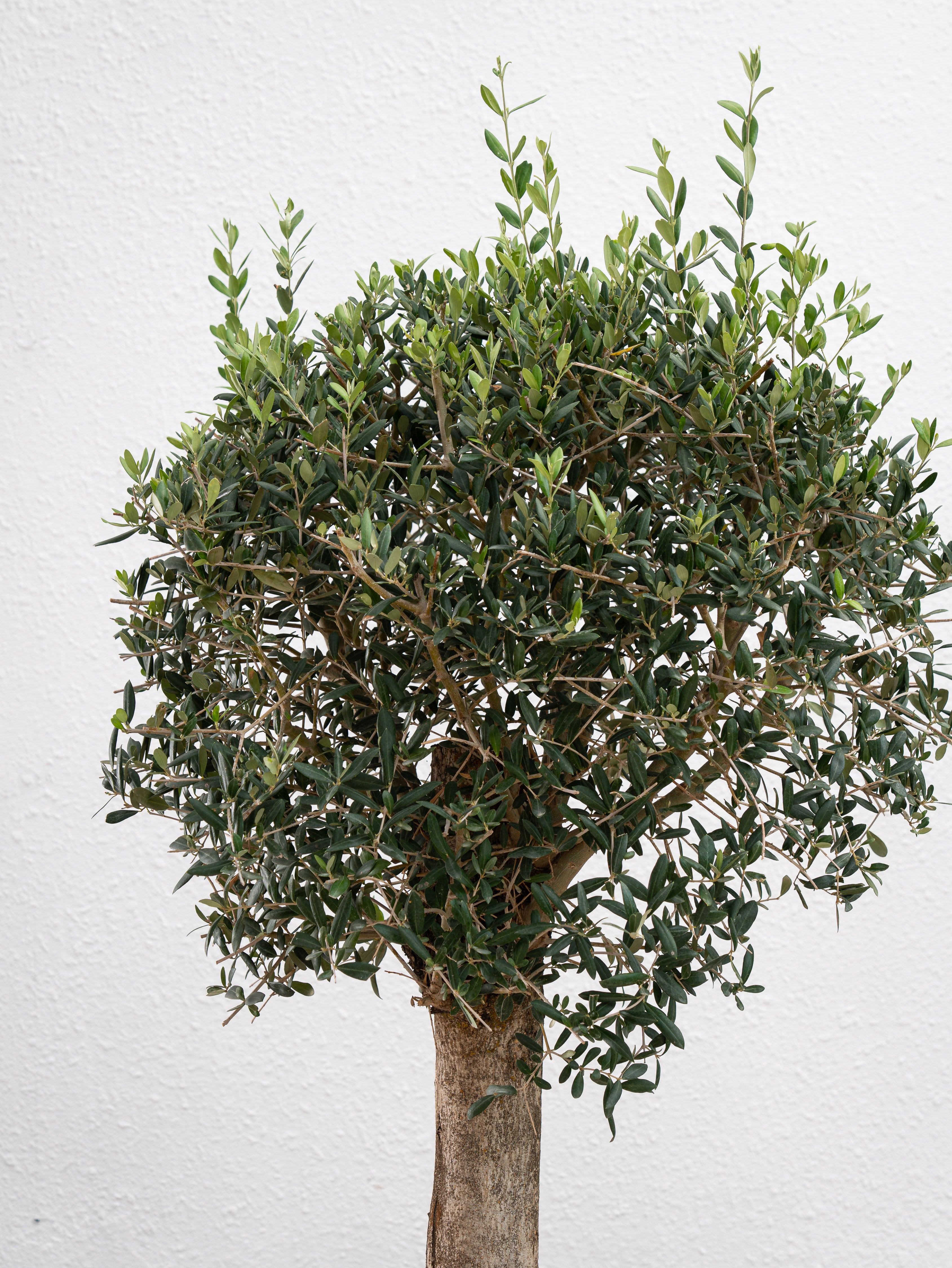



Leave a comment
This site is protected by hCaptcha and the hCaptcha Privacy Policy and Terms of Service apply.